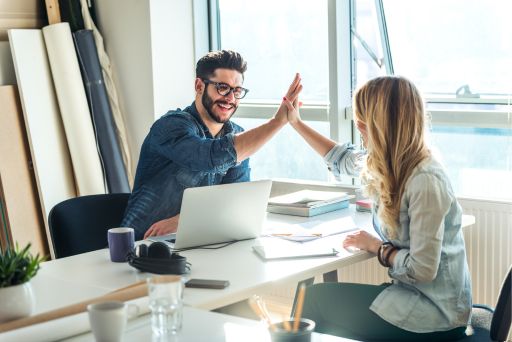
Employees are the lifeblood of your business; however, they’re constantly fighting for that recognition. Employers don’t put employee first; customers, management and boards all come before employees. By putting employees last on the totem pole, many companies are hurting their profits.
Businesses Put Customers First
Many business owners set up their business model with a focus on the customer. It makes sense, if customers are happy, then they’ll recommend you to other people and your business will grow.
It makes sense to put the customer first, but business owners often forget to take the middleman into account. Employees are the face of your company. They’re the ones interacting with your customers. You want them to be singing your praises to your customers.
Customers also enjoy getting to know your team. they notice when there is a lot of turnover and they start to question how great a company can be if they can’t seem to keep employees around.
Instead of putting your customer’s needs above your employees, put your employees first. Treat them well. Show them you care. If they feel taken care of, then they’ll take care of your customers.
Businesses Put Management First
There is often a divide between management and employees. Even when management works closely with their employees they don’t always see the divide.
Members of management are invested in the company. Their pay and benefits are different from the employees below them, so they have a lot more reason to be invested in the company. Usually, management believes that they are taking care of their employees, but employees don’t see things the same way.
In order to put the employee’s needs first, you should foster an environment that encourages feedback. Employees should feel like they can talk with management and make suggestions that could help. If your employees feel they can’t talk about issues without being punished, then you’re creating a terrible work environment and it could lead to a lot of employee turnover.

Businesses Should Put Employees First
When employees feel used or unappreciated they don’t perform to the best of their ability. Instead of putting your employee’s needs on the back burner put them first. Make sure they are taken care of and then watch everything else fall into place.























 If you’re a small business owner who drives a lot for work, then claiming a mileage deduction on your taxes is a great way to save money.
If you’re a small business owner who drives a lot for work, then claiming a mileage deduction on your taxes is a great way to save money.



